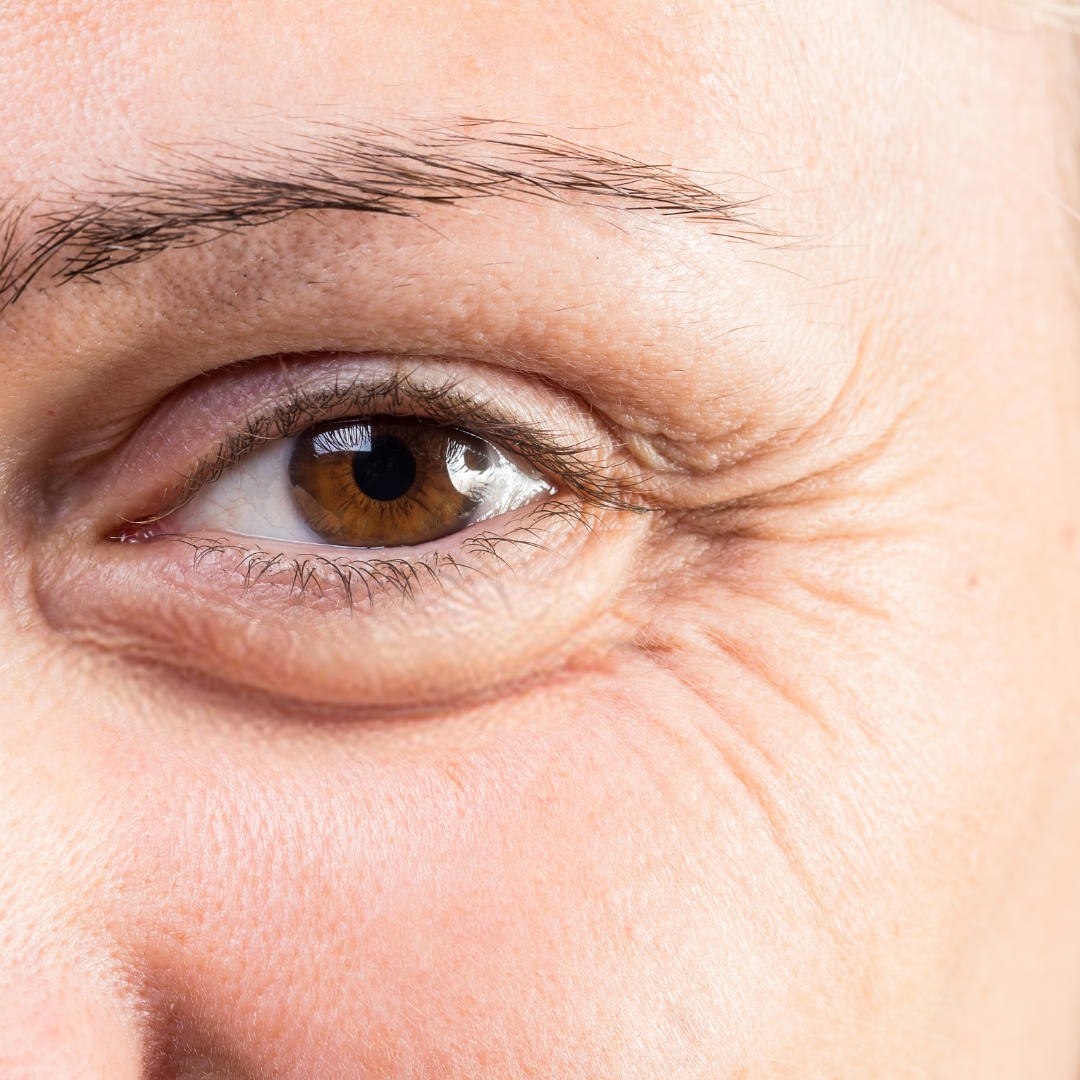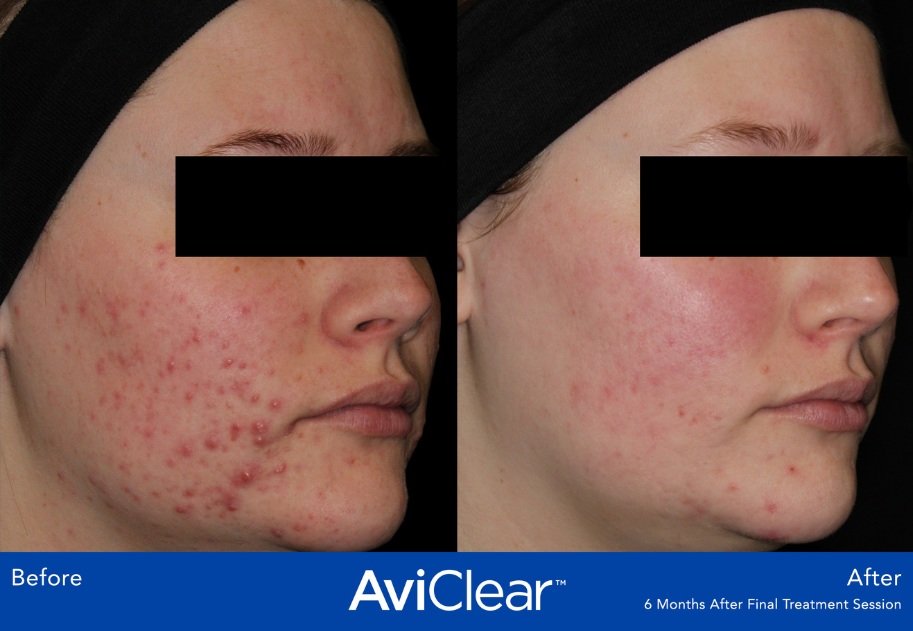Ready for a real solution to your under-eye concerns?
Eye creams have long been a staple in skincare routines for combatting common under-eye concerns, providing temporary hydration and some level of improvement. However, their effects are often limited and short-lived. If you're frustrated by the lack of significant results when dealing with stubborn issues like dark circles and fine lines, it may be time to explore a more effective solution.
Rejuran-I is an eye rejuvenation treatment new to the Australian market. This treatment goes beyond traditional eye creams to rejuvenate and revitalise the delicate under-eye area.
Here’s what you need to know:
Understanding the eye-area
The skin around the eyes is the thinnest and most delicate on the face, making it particularly susceptible to signs of ageing and tiredness. Factors like genetics, sun exposure, and lifestyle habits can make concern like dark circles, puffiness, and fine lines worse. Unfortunately, traditional rejuvenation treatments often don't work well for addressing this sensitive area.
A Solution Beyond Eye Creams
Unlike traditional eye creams that merely hydrate the skin's surface, Rejuran-I contains polynucleotides (PNs) derived from salmon DNA, which have remarkable regenerative properties. This includes stimulating collagen production, promoting skin repair, and enhancing overall skin texture and tone- overall, working to target the root causes of dark circles, resulting in brighter, more rejuvenated skin.
Effective for tackling these concerns
The process explained.
Rejuran Eye targets the root cause of dark circles, brightening the under-eye area and reducing discolouration for a more refreshed look. It further helps alleviate puffiness by promoting lymphatic drainage and reducing inflammation, resulting in a smoother under-eye contour. Lastly, it stimulates collagen production and improves skin elasticity, helping smooth fine lines and wrinkles for a more youthful appearance.
Whether you're struggling with dark circles, fine lines, or puffiness, this treatment offers a safe and effective solution. Book your consultation today to learn more today. For more information click here
























